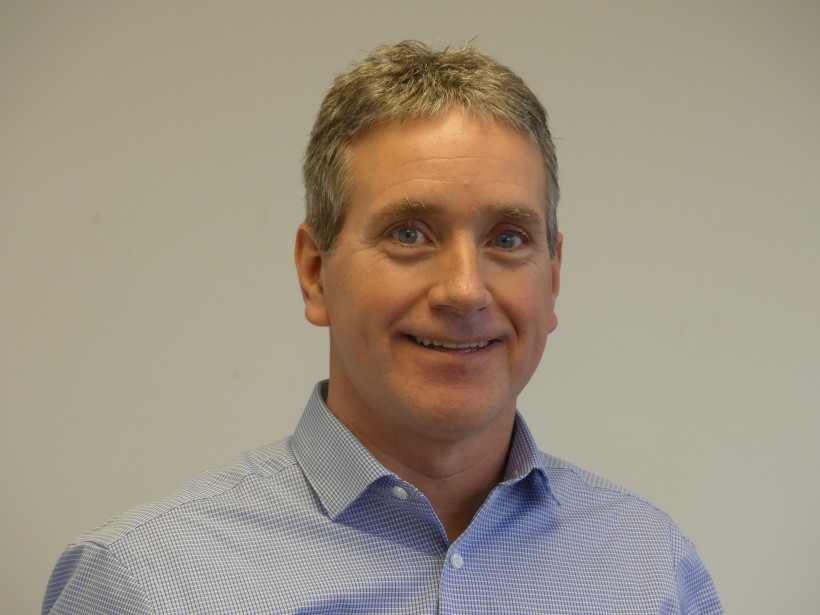After a career that has included devising an experiment for the space station and creating the first carbon-fibre hockey stick, Stephen Fitzgerald intends to boost the bionic knee brace produced by Spring Loaded Technology.
Fitzgerald recently took over from cofounder Bob Garrish as chief technology officer at the Dartmouth-based firm.
Fitzgerald comes aboard at a time of growth. Spring Loaded is doubling production capacity every 6-12 months and is taking orders from Europe, the U.S. and Australia.
Fitzgerald said the Spring Loaded technology is unusual because, rather than working around a traditional spring, the company’s “bionic brace” uses a proprietary liquid spring which compresses molecules in a silicon gel as the brace is bent.
“We’re currently refining our technology and working on our processes for customer service and quality assurance,” he said.
Last year, the company launched its Levitation knee brace. The brace is designed to leverage its liquid spring to increase strength and enhance mobility while providing stabilization.
“People with osteoarthritis are the perfect market for the current Levitation design,” Fitzgerald said.
“For people with knee ligament injuries, minor changes to the brace will allow it to be an effective tool to help with rehabilitation post-surgery . . . Doctors can tailor the brace to the individual’s range of motion.”
The company has prototypes of a ski brace, which they hope to launch within two years.
“It will be aimed at people like me,” Fitzgerald said. “I’m 54. I ski a lot. This brace would help me ski all day.”
Three Atlantic Canadian Startups Present at Aerospace Event
The company has also developed a reinforced brace, the UpShot, for military use. Fitzgerald said the UpShot is being tested by the Canadian military.
Spring-Loaded took shape during the first cohort of Dalhousie University’s Starting Lean program in 2012. The aim was to develop a knee brace that both stabilized the joint and added power.
Last March, the company announced a $1.9 million venture capital investment from Build Ventures. Spring Loaded had previously raised more than $1.8 million in equity and non-dilutive capital, including investments from the First Angel Network and Innovacorp.
The company now has around 30 employees working out of its location in Burnside, Dartmouth, where the device is produced.
Fitzgerald said he is happy to have found this role in Halifax, his hometown.
“I’m stunned to realize how good the entrepreneurial ecosystem is here,” he said. “I’ve lived here all my life, but rarely worked here.”
The Dalhousie-educated mechanical engineer and computer scientist previously worked on an experiment that embedded fibre-optic sensors into composite materials. The materials were carried into space on the space shuttle, where the Canada Arm helped assess how the connections would survive being bombarded by micro debris in space.
Fitzgerald also built cable tray systems for the English Channel tunnel. He designed and produced carbon fibre sporting goods, including the first carbon fibre hockey stick, produced for Bauer in 1992.
“That was the first carbon fibre stick on the market. There are carbon fibre parts on our braces that are very similar. Many of the things I learned are similar to what I’m doing here,” he said.
“My life’s a circle. I’m home now. The company is growing so quickly we’re in temporary space with desks touching . . . We’re a young team. I’m about 20 years older than the next-oldest person in the engineering team.”
He said there may be other future uses for the technology, such as incorporating the lightweight liquid springs into vehicles, but for now the knee-related products are the focus.
He said Spring Loaded has no significant competitors.
“Eighty years of patent applications show that people have been trying to create a brace like this, but there’s no other spring-loaded brace that has anywhere near the amount of power this one has,” he said.










